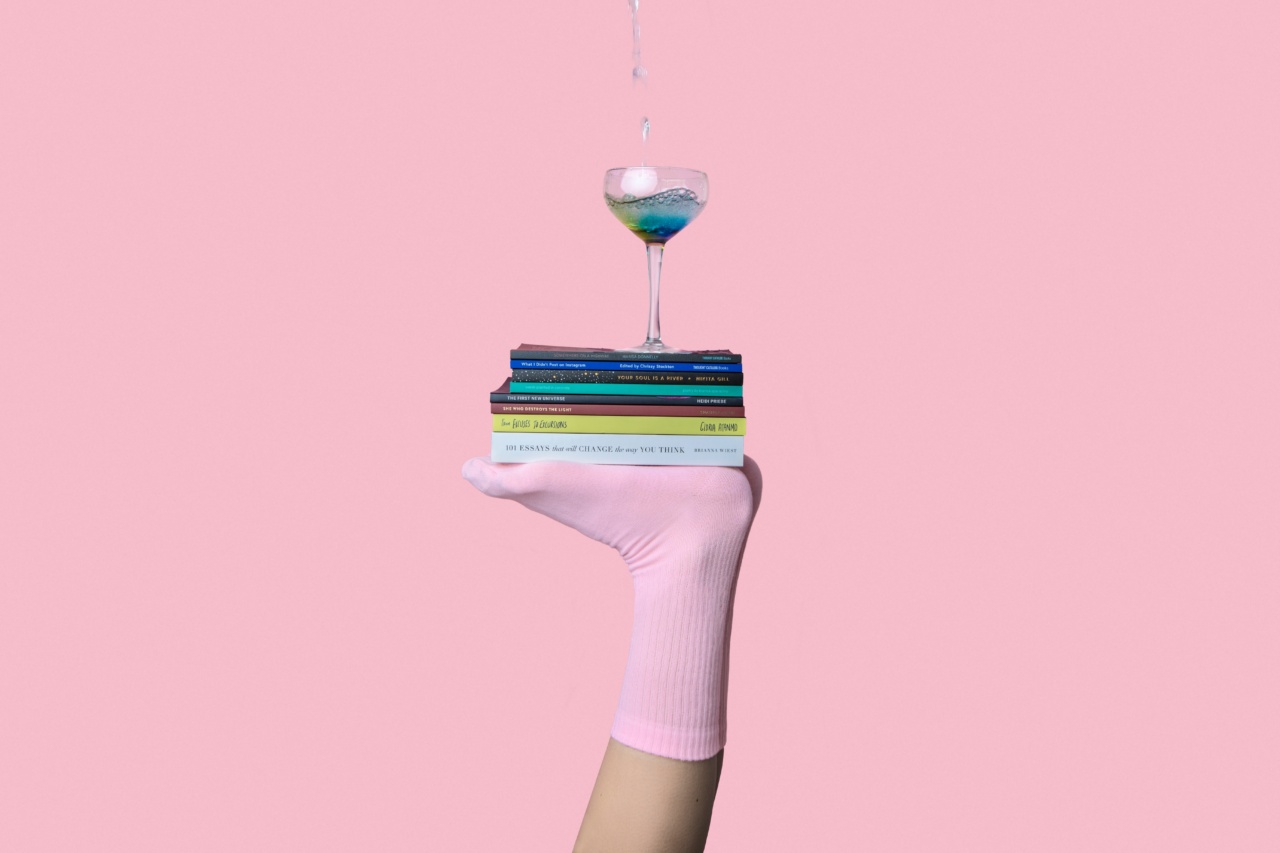Art therapy is a creative form of therapy that involves using art materials and creative expression to help individuals enhance their physical, mental, and emotional well-being.
Art therapy can be used to address a wide range of concerns, including anxiety, depression, trauma, and stress. Over the years, there has been considerable research exploring the effectiveness of art therapy and its impact on various aspects of mental health and well-being. In this article, we will explore some of the research findings related to art therapy.
Art therapy and stress relief
One of the primary benefits of art therapy is its ability to reduce stress levels. Research has shown that engaging in creative activities like art can help reduce stress, anxiety, and depression.
A study published in the Journal of the American Art Therapy Association found that participants who engaged in art-making activities experienced a significant reduction in cortisol levels, a hormone associated with stress. Another study published in the Journal of Creative Behavior found that creating art can help reduce anxiety and depression in cancer patients.
Art therapy and self-expression
Art therapy provides a valuable outlet for self-expression. Through the creation of art, individuals can express themselves and communicate their thoughts, feelings, and experiences in a nonverbal way.
This can be particularly helpful for individuals who struggle to express themselves verbally. A study published in the International Journal of Mental Health Promotion found that art therapy can help individuals with schizophrenia to express themselves creatively, leading to increased self-awareness and improved quality of life.
Art therapy and trauma
Art therapy can be an effective form of therapy for individuals who have experienced trauma. Creating art can help individuals process traumatic experiences in a non-verbal way, making it easier to work through difficult emotions.
Research has shown that art therapy can be particularly helpful for individuals with post-traumatic stress disorder (PTSD). A study published in the Journal of Trauma & Dissociation found that art therapy can help reduce symptoms of PTSD, including intrusive thoughts and emotional numbness.
Art therapy and dementia
Art therapy has been shown to have a positive impact on individuals with dementia. Creating art can provide a creative outlet for individuals with dementia, helping them to express themselves and connect with others.
Research has shown that engaging in creative activities like art can improve cognitive functioning and memory in individuals with dementia. A study published in the Journal of Alzheimer’s Disease found that art therapy can help improve memory and communication skills in individuals with dementia.
Art therapy and addiction recovery
Art therapy can be an effective form of therapy for individuals in addiction recovery. Engaging in creative activities like art can help individuals in recovery to express themselves and improve their emotional well-being.
A study published in the Journal of Addictions Nursing found that art therapy can help individuals in substance abuse recovery to improve their self-esteem and self-awareness.
Art therapy and physical health
Art therapy has been shown to have a positive impact on physical health outcomes. Engaging in creative activities like art can help reduce stress and improve overall well-being, reducing the risk of physical health problems.
A study published in the Journal of Nursing Education and Practice found that engaging in art therapy can help reduce blood pressure, improve immune function, and reduce symptoms of chronic pain in individuals with chronic illnesses.
Art therapy and social connection
Art therapy can provide a valuable avenue for social connection. Engaging in creative activities with others can help individuals connect and build relationships.
A study published in the Journal of Psychiatric and Mental Health Nursing found that art therapy can help individuals in inpatient psychiatric units to build relationships with others and improve their social well-being.
Art therapy and mental health outcomes
Research has shown that art therapy can have a positive impact on a range of mental health outcomes, including anxiety, depression, and trauma.
A study published in the Journal of Affective Disorders found that art therapy can help reduce symptoms of depression in adolescents. Another study published in the Journal of Trauma & Dissociation found that art therapy can help reduce symptoms of anxiety and depression in individuals with PTSD.
Art therapy and creativity
Art therapy can help stimulate creativity and promote a sense of playfulness. Engaging in creative activities like art can help individuals explore new ideas and perspectives, leading to increased creativity and problem-solving skills.
A study published in the Journal of Creativity in Mental Health found that art therapy can help promote creative thinking and problem-solving in individuals with mental health concerns.
Conclusion
Research has shown that art therapy can have a positive impact on a range of mental health and well-being outcomes.
Whether used to reduce stress and anxiety, promote self-expression, or improve social connection, art therapy can be a valuable tool for mental health practitioners. As more research is conducted into the effectiveness of art therapy, we can expect to learn more about how this creative approach can help individuals enhance their overall well-being.






























